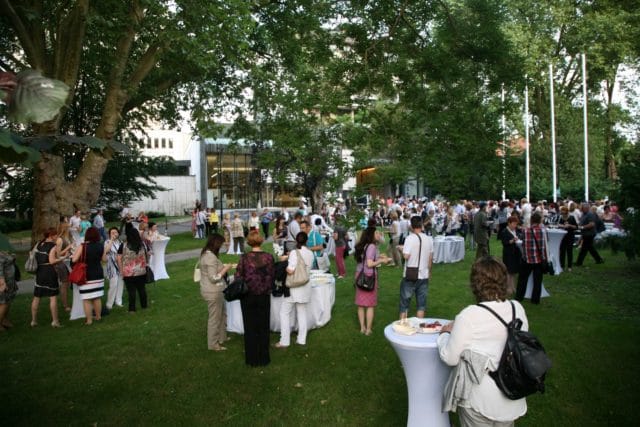
Photo credit: CD – Cultural and Congress Centre Ljubljana
CD’s park is a great place to enjoy oneself over a drink or coffee in its bar, as well as a great venue for cultural, congressional and social events. The park is also a host to squirrels merrily running and playing in the treetops to the pleasant sound of birdsong. This CD’s own green haven of tranquillity in the midst of urban Ljubljana perfectly represents the exciting diversity that CD as a meetings venue has to offer.
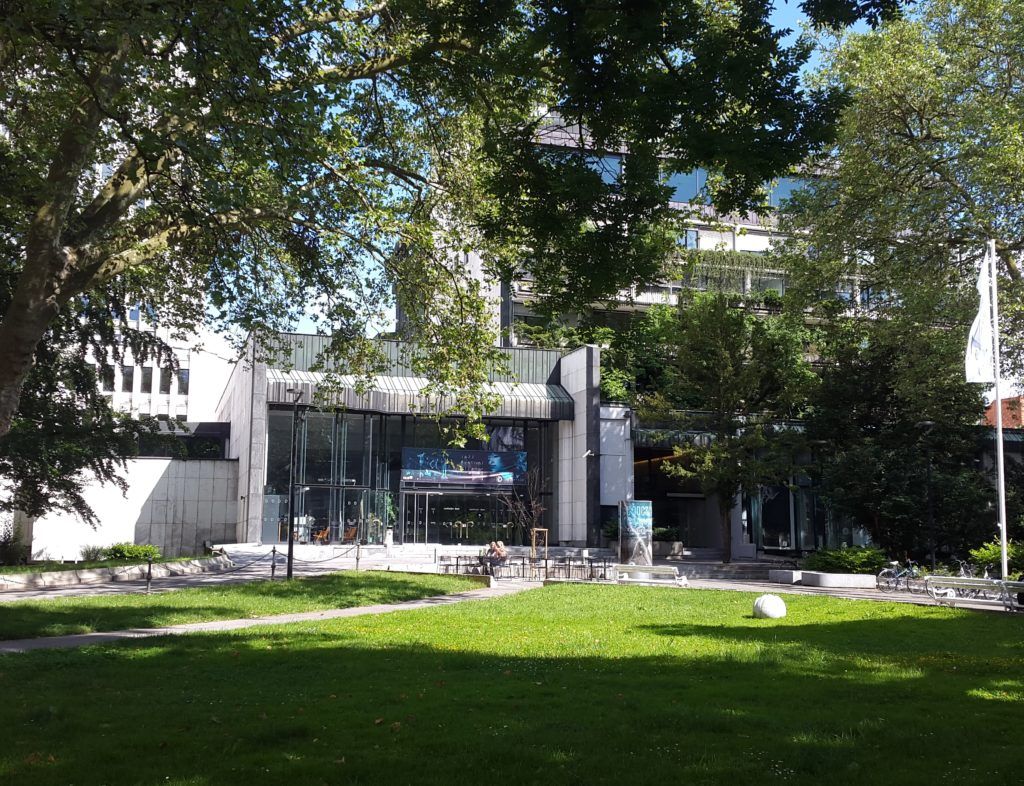
Photo credit: CD / Darinka Hvalec
Park’s web of trees consists of individual trees that were planted there centuries ago and from trees that were put in the ground in 1980 when the CD, the most important Slovenian cultural and congress venue, was built. The park’s history, though, goes way back. This part of Ljubljana, according to some indications, was used for gardens already in the Roman times. Then, in 1785, this municipal park was set as Zois gardens, landscaped by botanist Karl Zois, after whom Zois’ Bellflower (Campanula zoysii) was named. Later on, this area was dedicated to gardens and parks as maps from 1853 show. So, the large trees in the today’s CD Park are the remnants of the gardens from the past.
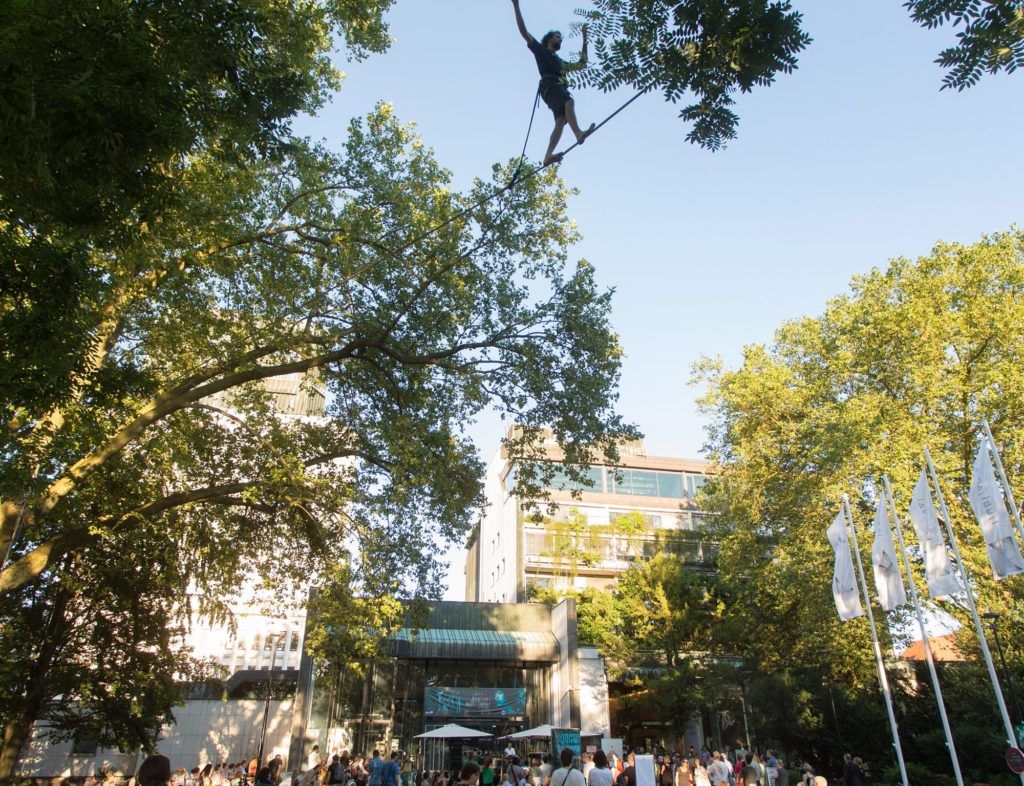
Photo credit: CD / Nada Žgank

Photo credit: Cankarjev dom – Cultural and Congress Centre
Today, the trees and shrubs growing in the park are plane, maple, birch, tulip, ginkgo, beech, sophora, holly, hazel, and yew. In their shade, Cankarjev dom hosts diverse events from banquets to welcome receptions, political and protocol events, and even jazz concerts during the famous Ljubljana Jazz Festival, one of the oldest jazz festivals in Europe, organised by Cankarjev dom and this year celebrating its amazing 60th edition.
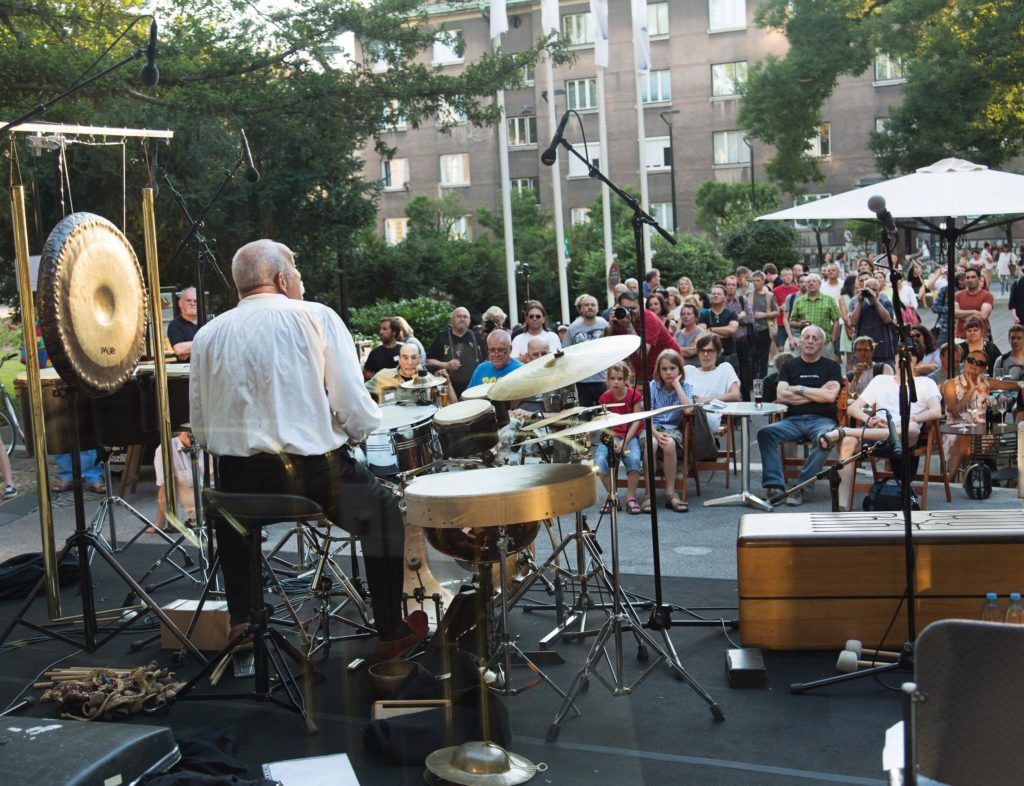
Photo credit: CD / Nada Žgank
TREES AND SHRUBS IN CANKARJEV DOM’S PARK
PLANE (Slovene: Platana)
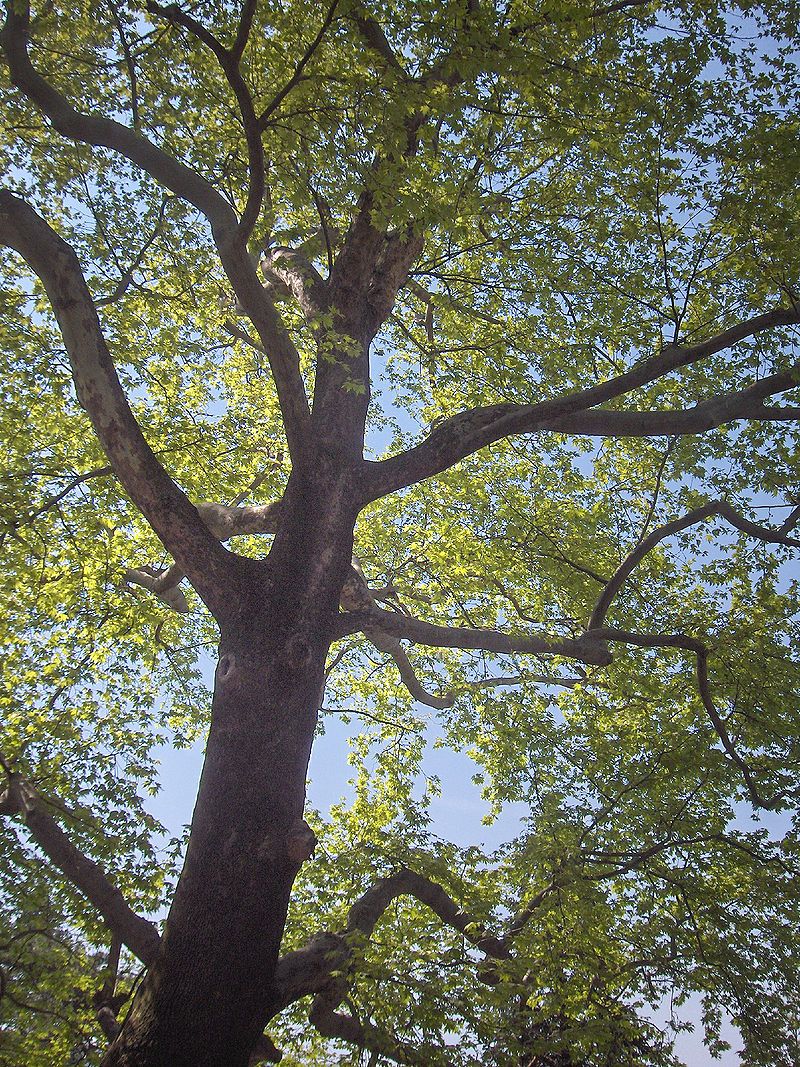
Commonly known as the Old-World sycamore, or Oriental plane, Platanus orientalis, was typical for Persian gardens. Its native range extends from the Balkans to Iberia in the west, and to the Himalayas in the east. It is especially prized for the shade and coolness it provides during the hot season.
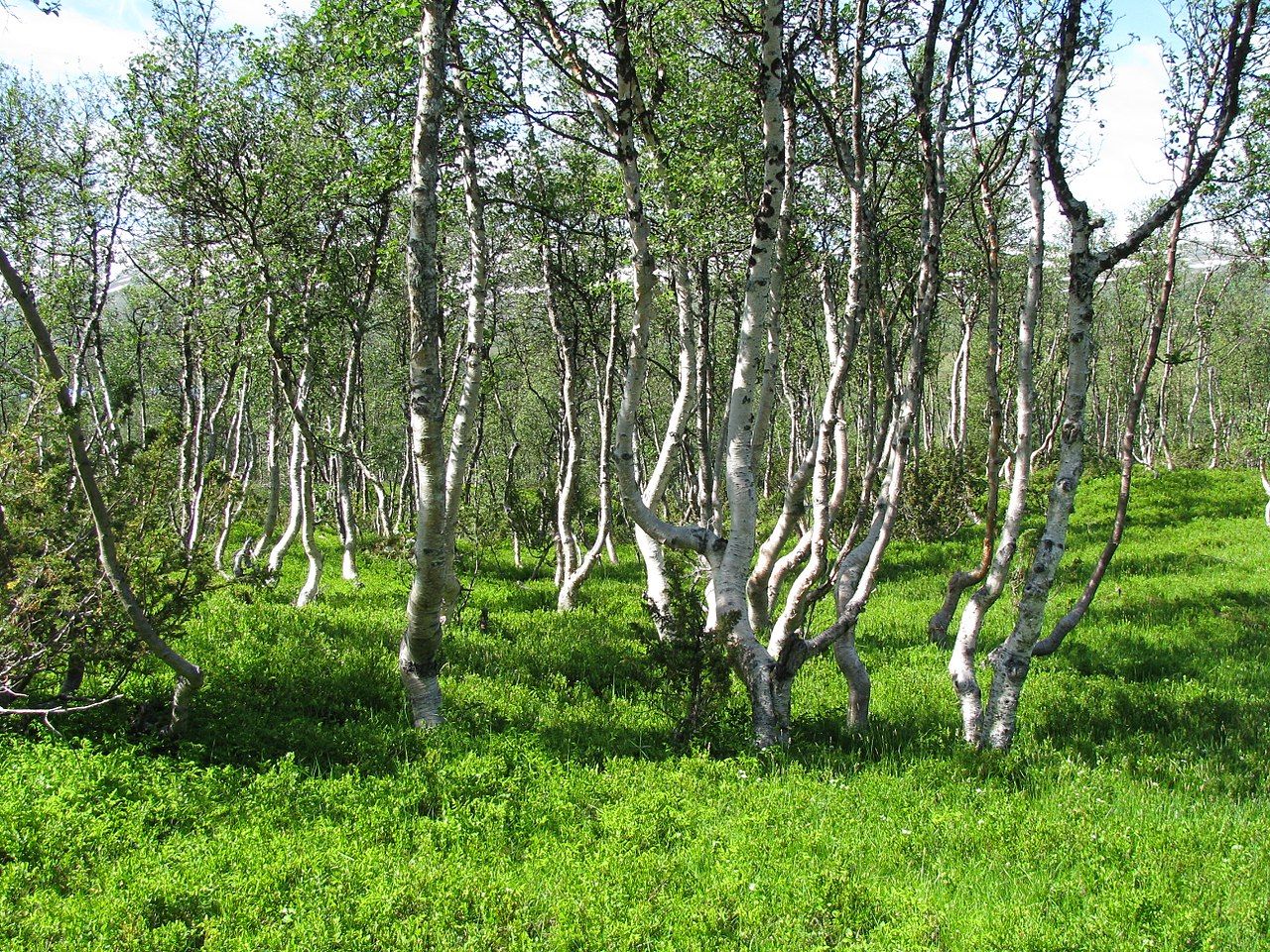
Betula pubescens, commonly called birch, is known for its smooth but dull grey-white bark finely marked with dark horizontal lenticels that in the winter make for a charming stand out from the crowd of trees. Its branches that are tender and are low-swinging in breeze, add a special charm to the park.
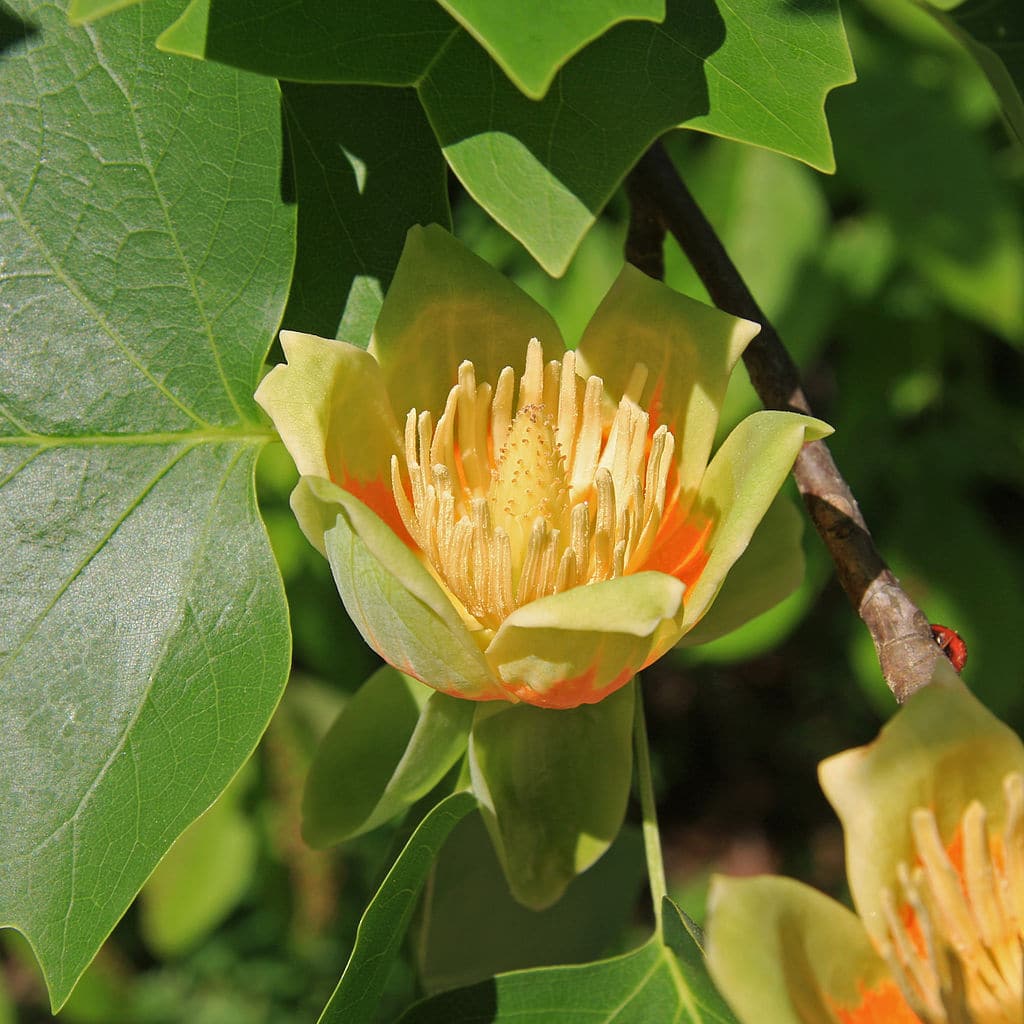
Liriodendron tulipifera or tulip tree, characterised as the perfect shade tree, comes from the Magnolia family. Its large flowers have a great aesthetic value. They are pale green or yellow (rarely white), with an orange band on the tepals, and they yield large quantities of nectar for pollinators.
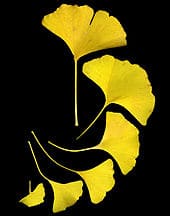
Gingko biloba, commonly known as ginkgo or gingko, is a living fossil, with fossils dating back 270 million years. In Europe, it went extinct 3 million years ago but was re-planted in the late 17th Century. It has various uses in traditional medicine and is also a source of food.
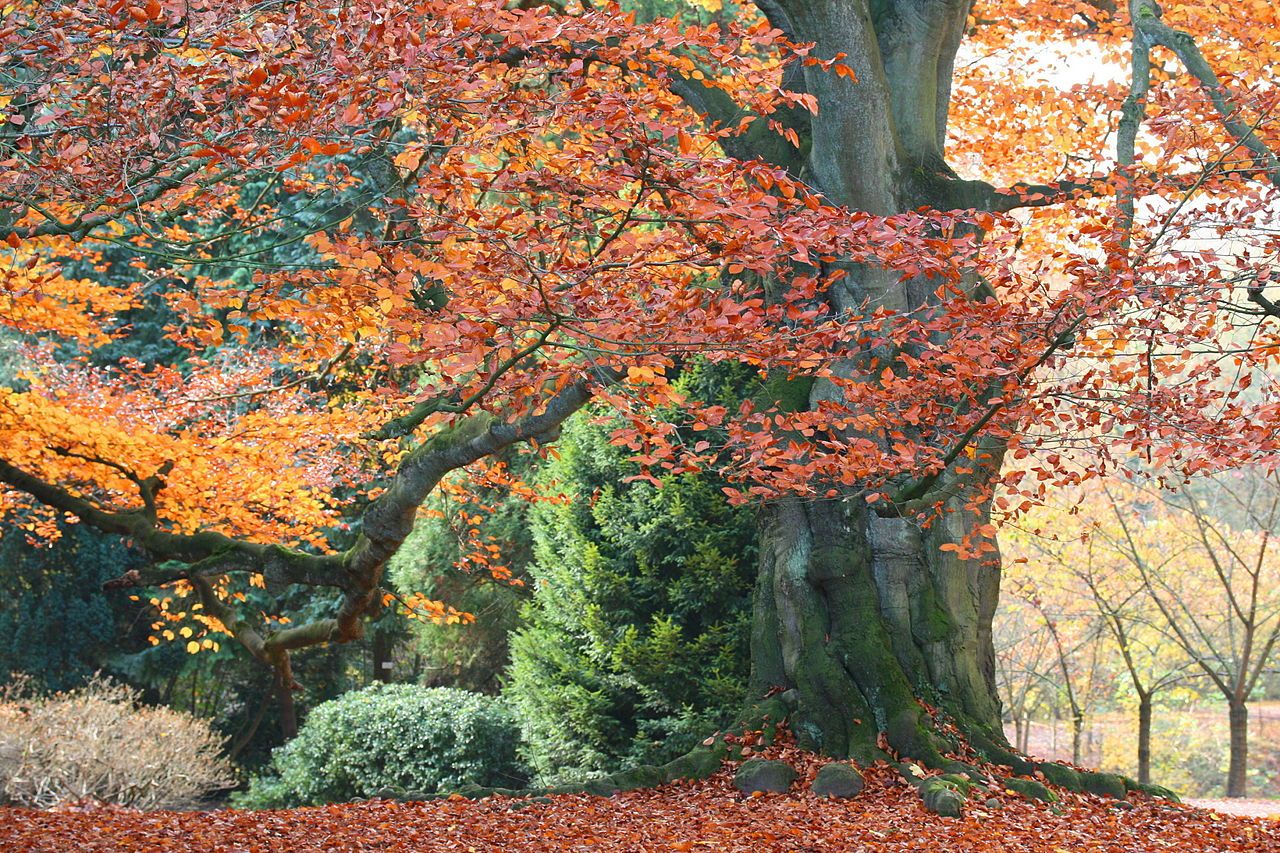
Fagus sylvatica, or European beech or common beech, is a large tree. Its leaves in the spring are gently green, while during the summer it turns shimmering. In autumn turns a beautiful yellow brown or red. CD boast its redhead variant (F. sylvatica ‘Purpurea’) which makes for a good and dynamic contrast to the greenery of the other tree crowns.
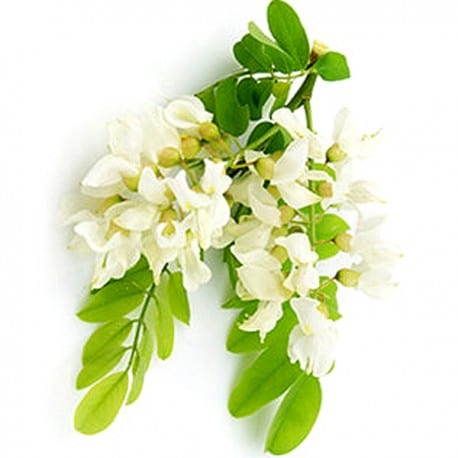
Sophora japonica, also called the Japanese pagoda tree is a popular ornamental tree grown for its white flowers, borne in late summer after most other flowering tree have long finished flowering. It is also convenient as a good and late-summer feast for bees. The CD’s sophora is one of the most beautiful and tallest samples in Ljubljana.
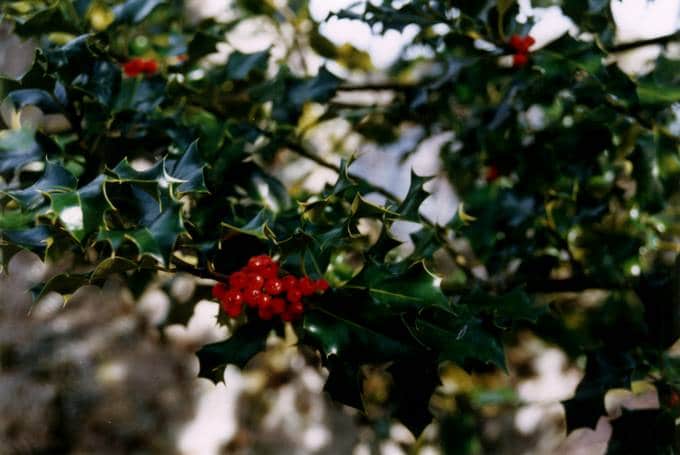
Ilex aquifolium L., known also as holly, common holly, English holly, is an evergreen tree or shrub from 5 to 10 metres high, typically 2-3m, that can live up to 500 years. Its glossy green prickly leaves and bright red berries (produced only by the female plant) are represented in wreaths, garlands and cards wherever Christmas is celebrated.
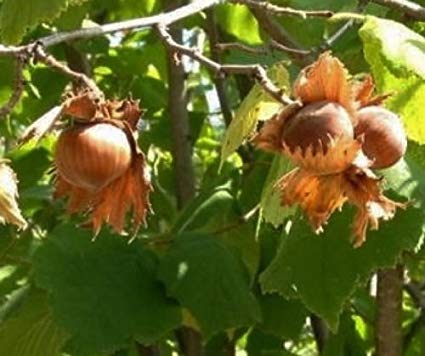
Corylus avellana L, the common hazel, is a species of hazel cultivated for its nuts. It is typically a shrub reaching 3-8m tall, but can reach even up to 15 m. In CD’s park this shrub stands into a great amusement and happiness of the squirrels that feed with its hard-shell fruits.

Taxus baccata L., known as yew or common yew, with trunks reaching perimeters of as much as 4 meters, is known as the longest-living tree in Europe with estimates of 2,000 years of age. It is a wind-pollinated tree – a pollen is caught by an adhesive bead that appears at the top of the envelope of the female flower.


